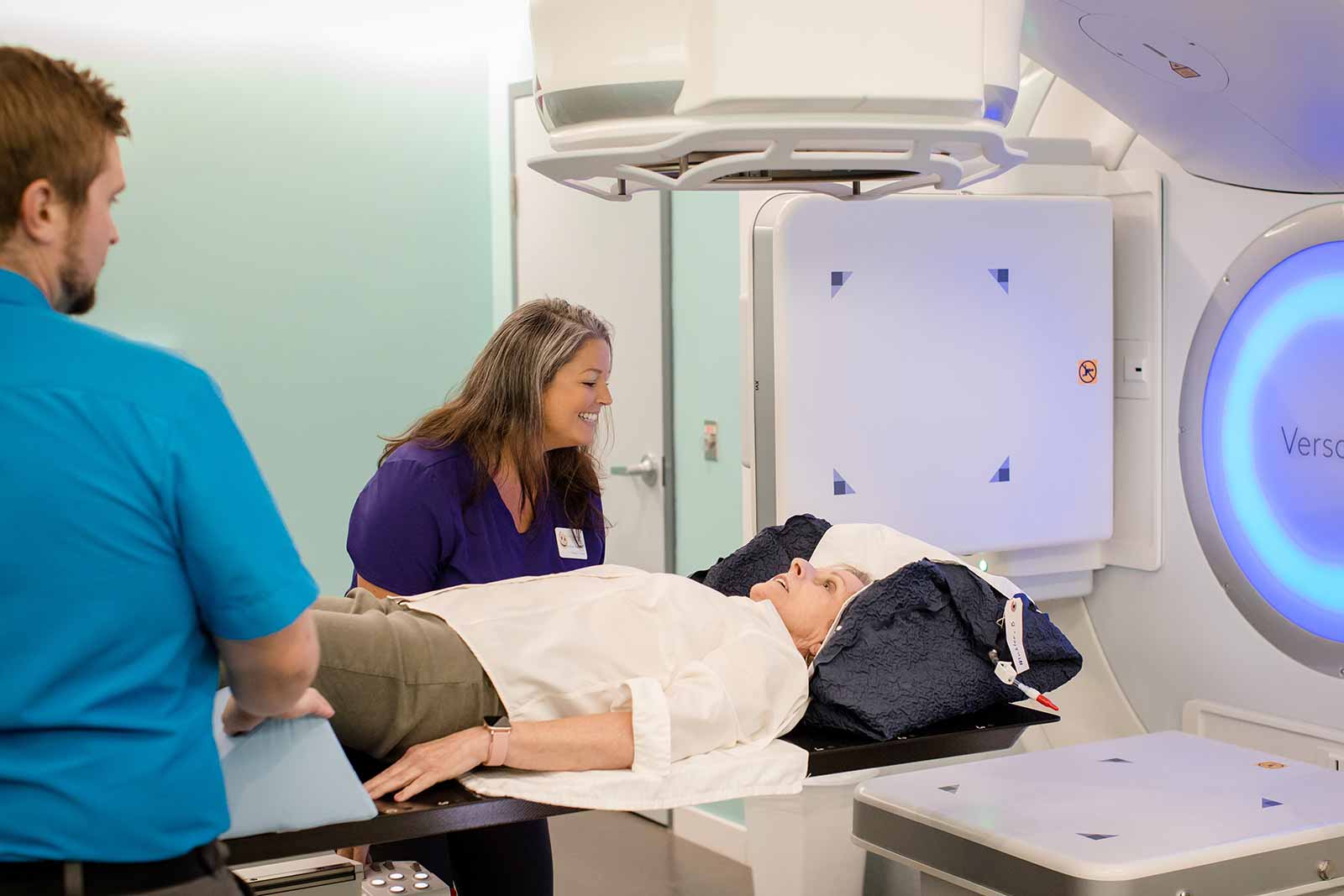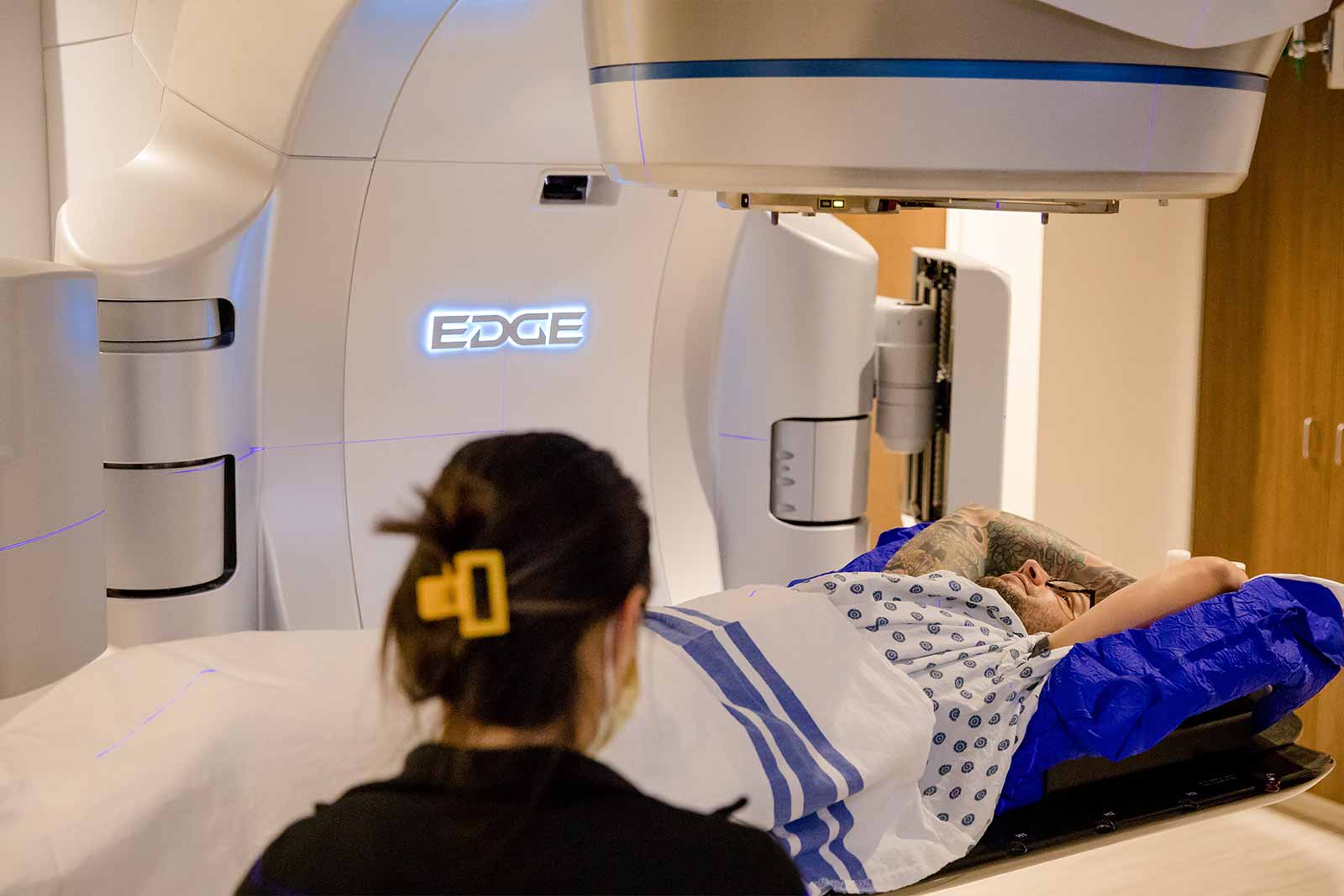Leukemia
Leukemia is a cancer of the early blood-forming tissues like bone marrow or lymphatic system. It typically affects white blood cells that help your body fight infections. There are several types of leukemia identified by growth speed: acute (faster) or chronic (slower). Certain types of leukemia may be more common among different age groups.
Symptoms
Symptoms or signs of leukemia may vary. If you notice these symptoms, talk to your doctor:
- fever or chills;
- persistent fatigue and/or weakness;
- frequent or severe infections;
- losing weight, unintentionally;
- swollen lymph nodes, enlarged liver or spleen;
- easy bleeding or bruising;
- recurrent nosebleeds;
- tiny red spots in your skin (petechiae);
- excessive sweating, especially at night; or
- bone pain or tenderness.

Lymphoma
Lymphoma refers to cancers that start in the lymphatic system (the tissues and organs that produce, store, and carry infection-fighting white blood cells). The two main kinds of lymphoma are:
- Hodgkin lymphoma: spreads orderly from one group of lymph nodes to another.
- Non-Hodgkin lymphoma: spreads sporadically through the lymphatic system in a non-orderly way.
Certain populations are at higher risk of developing lymphoma, specifically:
- Men are more likely than women to develop lymphoma.
- White individuals are more likely to develop non-Hodgkin lymphoma.
- Young teens, young adults (ages 15 to 39), and older adults (75 years and older) are most at-risk for developing Hodgkin lymphoma.
Symptoms
Symptoms of Hodgkin lymphoma and non-Hodgkin lymphoma typically include swollen lymph nodes, especially in the area of the body where the lymphoma starts to grow. Talk with your doctor if you have any of these symptoms:
- swollen lymph nodes;
- fever;
- night sweats;
- tiredness; or
- unexplained weight loss.
